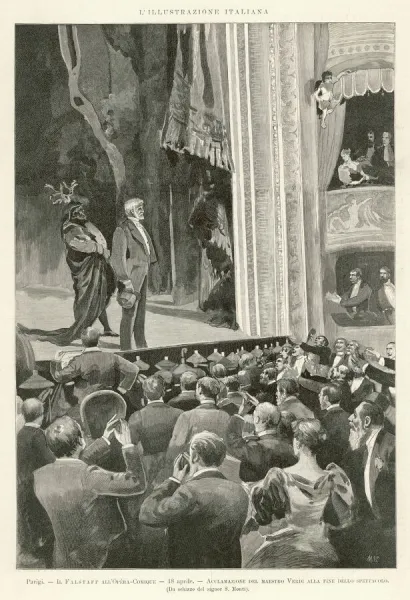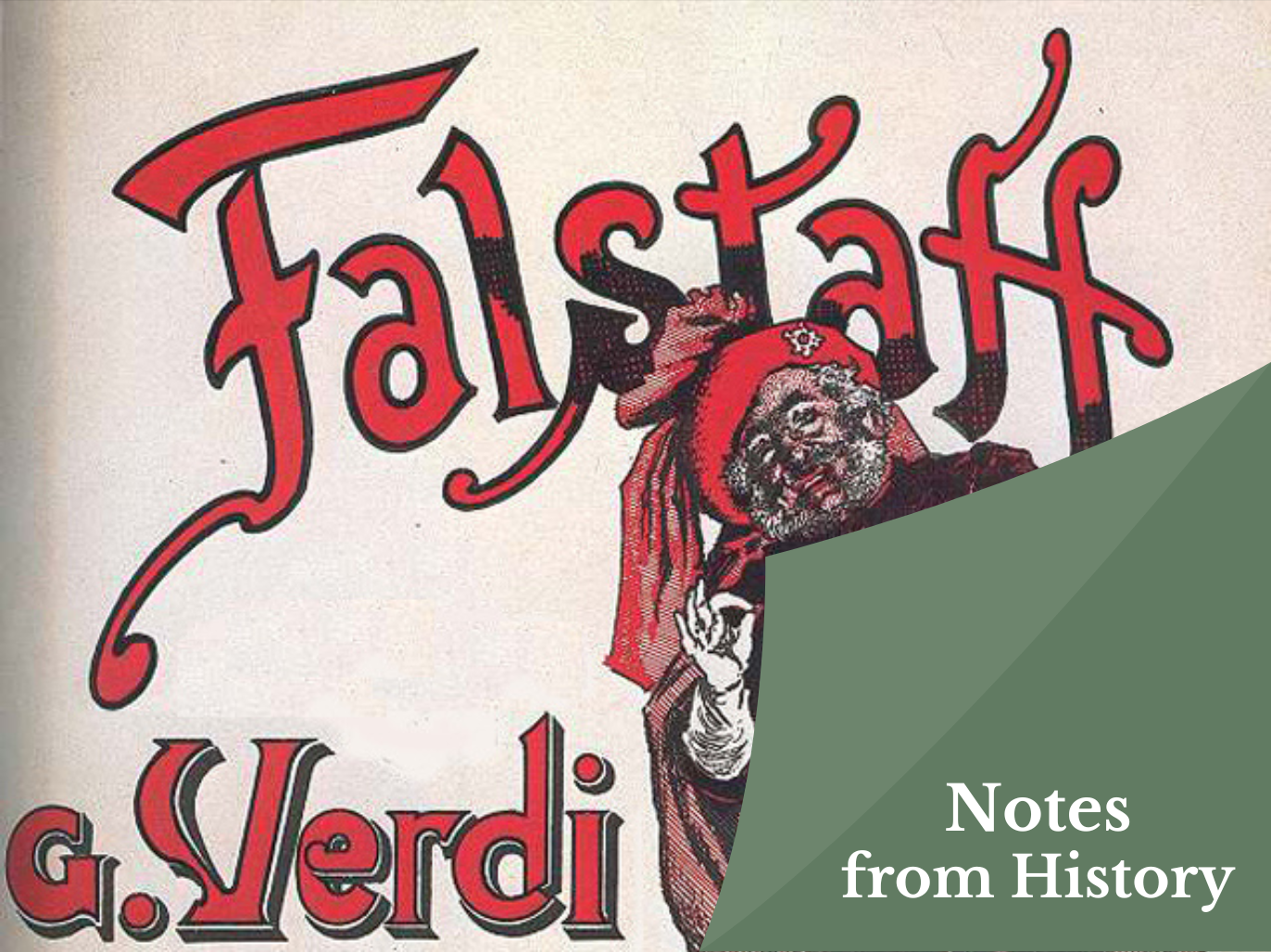A premier at La Scala cannot be taken lightly, even for a seasoned professional such as Giuseppe Verdi. However, years of superstardom meant that any Verdi production would be a smash hit, and his adaptation of Falstaff would be no exception. Let’s look back to the glittering social event that would be the premier of yet another gem in Verdi’s arsenal of operas and experience a very special night at the opera.
View author's page
Reading time estimated : 3 min
Verdi’s Falstaff: A Premiere Worthy of a Legend
Certain facts speak for themselves when it comes to Verdi’s Falstaff premiere at La Scala, Milan, on February 9, 1893.

Verdi’s Falstaff – “Quell’otre! quel tino!”
The Grand Finale of a Musical Genius
Well, to be fair, Falstaff is very good. But its place in Verdi’s life story makes it all the more worthy of celebration.
Falstaff was his 28th and final opera, but only his second comedy—his first having been Un giorno di regno, a full half-century earlier. And it was his third Shakespeare adaptation, and his second collaboration with the talented young polymath Arrigo Boito, the man who had persuaded Verdi out of retirement, a few years earlier, to write Otello. So it was a rare and hugely exciting event.
A Final Farewell to His Public
More broadly, Verdi was simply beloved, as the composer of so many earlier operatic triumphs. And he surely deserved one last popular success. Always a man who knew his public, Verdi chose to bow out by writing a brilliantly good-spirited composition with a warm, autumnal hue—which is, at the same time, a musical tour de force.
“Tutto nel mondo è burla,” the characters sing at the end: everything in the world is in jest. And yet they sing it in classical music’s most rigorous, bookish form: it’s a fugue. One final little joke of Verdi’s.
Verdi’s Falstaff – “Tutto nel mondo è burla”

